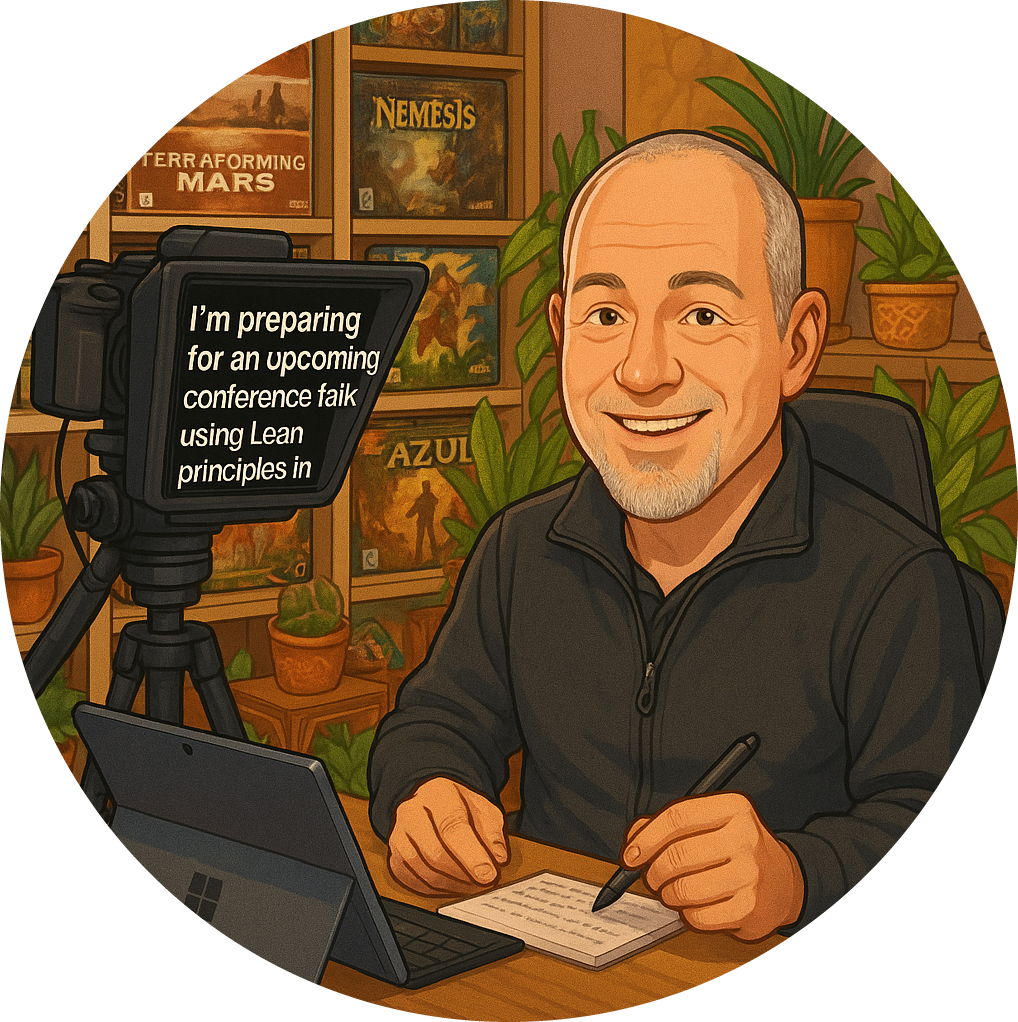In my journey through the world of Agile, I’ve often encountered a troubling phenomenon that I like to call the “judgment trap.” This is one of the seven signs of the agile apocalypse, and it’s something that can derail even the most well-intentioned teams. Today, I want to share my thoughts on how judgment manifests in Agile environments and how we can navigate this challenge to foster a healthier, more productive atmosphere.
Understanding Judgment in Agile
Judgment in Agile often appears in various forms, and it can be quite insidious. Here are some common manifestations:
- Rigid Rules: Teams may feel pressured to adhere to strict guidelines that don’t account for their unique context.
- Velocity Comparisons: Teams are frequently judged based on their velocity, leading to unhealthy competition rather than collaboration.
- Bug Counts: The number of bugs in a product can become a point of contention, overshadowing the overall quality and user experience.
- Code Quantity: Teams might be critiqued for writing too much or too little code, which can stifle creativity and innovation.
These judgments can create a toxic environment where team members feel anxious and demotivated. I’ve seen firsthand how this can lead to a culture of blame rather than one of learning and improvement.
The Impact of Judgment on Teams
When judgment becomes a part of the Agile framework, it can have several negative consequences:
- Reduced Morale: Constant scrutiny can lead to a decline in team morale, making individuals hesitant to take risks or share ideas.
- Fear of Failure: Teams may become overly cautious, fearing that any misstep will lead to harsh criticism.
- Stifled Innovation: When creativity is judged, teams may revert to safe, conventional solutions rather than exploring innovative approaches.
Setting Goals and Metrics
To combat the detrimental effects of judgment, it’s crucial to establish clear goals and metrics that genuinely reflect progress. Here’s how you can do this effectively:
Define Meaningful Goals: Ensure that your goals are aligned with the team’s purpose and the needs of your stakeholders. They should inspire and motivate rather than constrain.
Create Adaptive Metrics: Metrics should serve as tools for improvement, not as weapons for judgment. If you notice that certain metrics are fostering negative behaviours, it’s time to adapt them.
Encourage Open Dialogue: Foster an environment where team members feel safe discussing challenges and setbacks. This openness can lead to collective problem-solving rather than finger-pointing.
Focus on Learning: Shift the focus from blame to learning. Encourage teams to view mistakes as opportunities for growth and improvement.
Conclusion
In my experience, the journey towards a truly agile mindset requires us to be vigilant against the pitfalls of judgment. By setting meaningful goals and adapting our metrics, we can create an environment that promotes collaboration, innovation, and continuous improvement .
Let’s strive to build Agile teams that are not only productive but also resilient and empowered. After all, agility is about more than just following rules; it’s about fostering a culture where everyone can thrive.

























